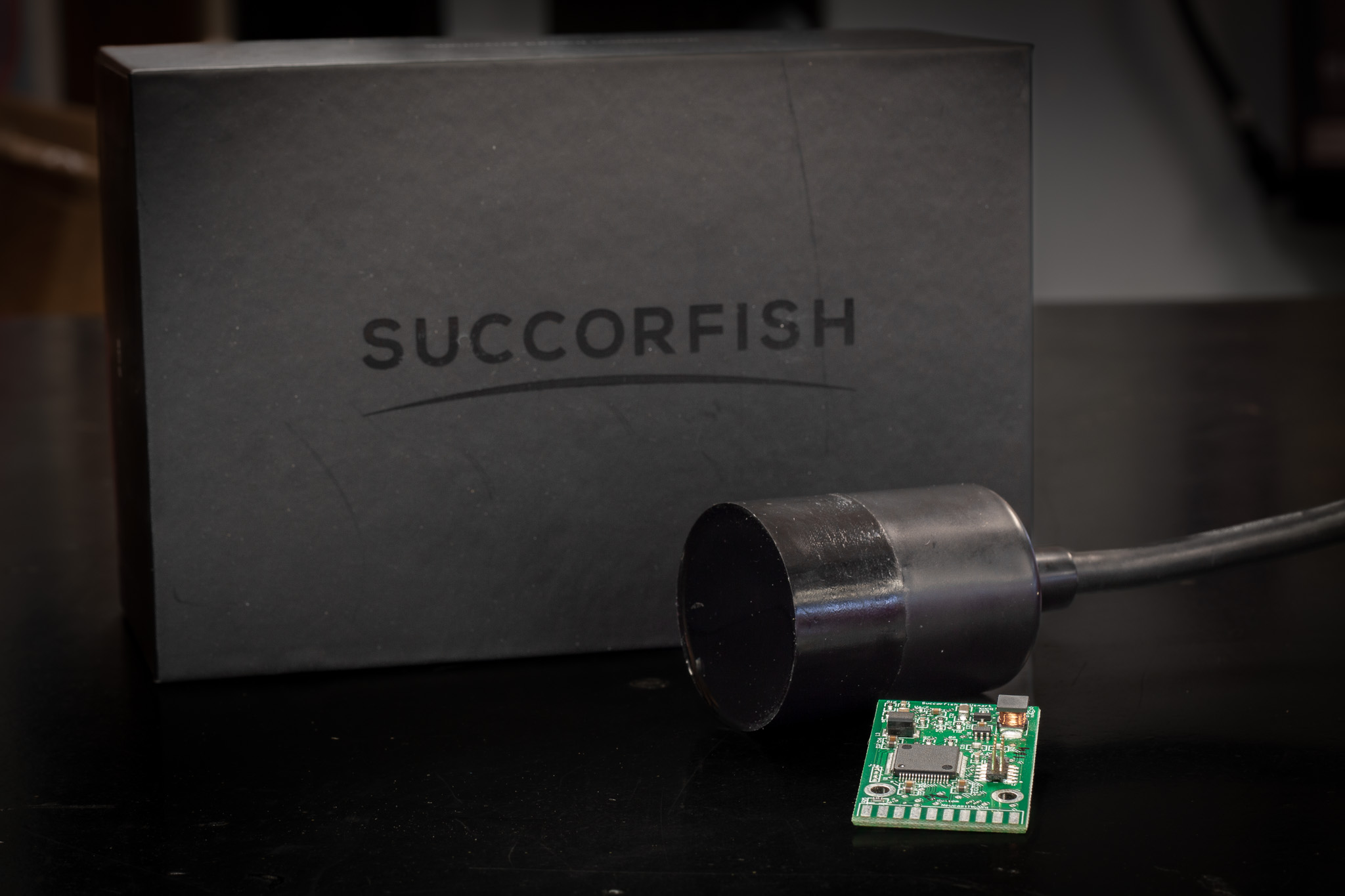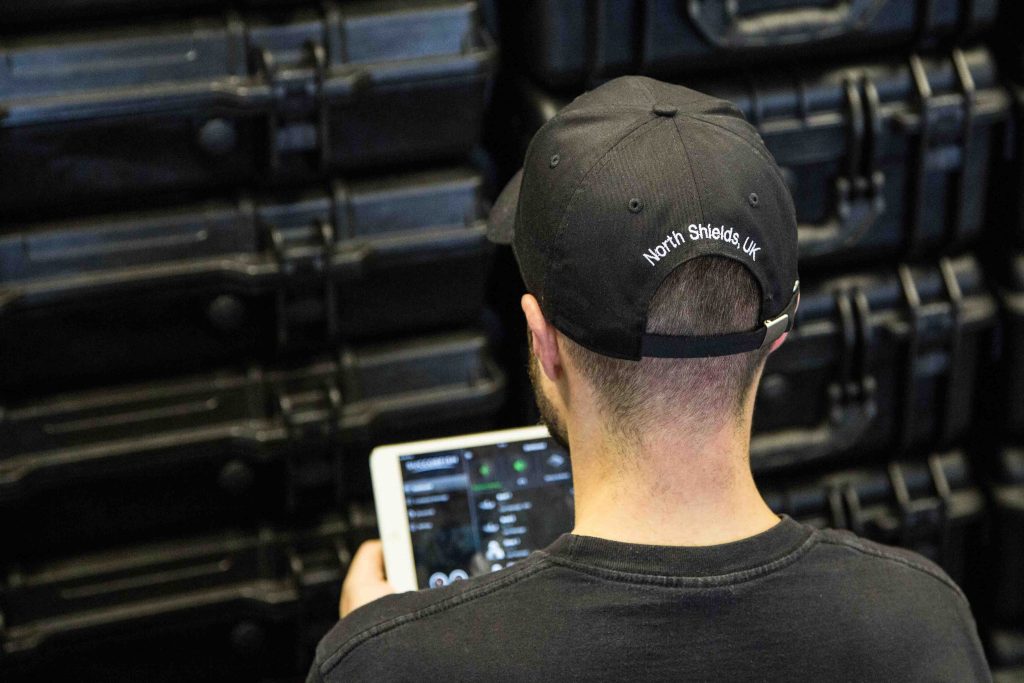As of October 2018, the Department for Environment and Rural Affairs has started a consultation process for the introduction of Inshore Vessel Monitoring Systems (IVMS) on all licensed British fishing vessels under 12m in length.
It was a long-expected move and as a technology firm at the forefront of IVMS technology and its implementation across modern fishing vessels, we are well-placed to advise on how upcoming legislative changes might affect the fisheries sector.
So what is IVMS? It Is a device used to measure the location, speed and heading of a vessel. The data it generates is part of the push throughout the fisheries industry to supporting fully documented fisheries for the benefit of all fishermen operating in British and European Waters. Vessel monitoring systems have in fact been used by European vessels over 15 metres in length since 2003, and vessels over 12 metres since 2013. The consultation sets out plans to introduce a similar monitoring system for vessels under 12 metres with the cost and installation of IVMS units to be met by the UK Government through the European Maritime and Fisheries Fund (EMFF).
We’ve summarised the key aspects of the consultation document below:
Key Points
- Only 327 of 3078 English registered fishing vessels are currently being tracked by VMS as per EU legislation requirements, but they are over 12 metres in length and tend to catch a larger proportion of fish (83% of total 2017 tonnage)
- DEFRA would like to bring the under 12 metre fleet into alignment to provide a more detailed picture of where fishing is taking place to help inform a more sustainable fisheries for the future
What are the benefits of I-VMS?
There are a wide range of benefits associated with using IVMS to create a more rounded picture of fisheries activity. Firstly, it is hoped that it will help to maximise fishing opportunities by using location data to enable zoned management within Marine Protected Areas (MPAs). This does mean access could be allowed to certain types of fishing in areas where it was previously prohibited.
IVMS will support compliance with fisheries legislation and management and help ensure that the UK industry benefits from the uplift gained following Brexit. As the UK leaves the EU fisheries will become a national responsibility and it is important that the resources are managed for the benefit of UK fishermen.
There are a number of other positive implications for fishermen. Namely, the data can be used to help in future business plans or insurance claims in the case of loss or damage of a vessel at sea. There are also safety applications for locating vessels at sea but also provide fishermen with the power to use their own data when engaging in consultations on the likes of offshore windfarms, MPAs and marine infrastructure developments which can impact inshore fishing fleets. Gear conflict too will be more easily resolved by having IVMS technology on vessels making fishermen responsible and accountable.
Most importantly, the data will give power to fishermen to show that as an industry, steps are being taken to fish more sustainably. This will in turn provide consumers with the ability to see this in action and make confident purchase decisions based on locality and sustainability.
Do I Need an I-VMS System Installed?
Yes. All British fishing vessels under 12m operating in English waters will now need to have an I-VMS device installed. The actual dates are based on a staggered rollout but commences as follows:
April 2019 – September 2019
Installation commences with vessels from 9m – 11.99m and must be completed within 6 months
October 2019 – June 2020
All licensed fishing vessels from 6m – 8.99m must have an IVMS device installed
July 2020 – June 2021
All licensed fishing vessels from 5.99m in length to have an IVMS installed
It will eventually be a condition of a fishing licence that fishing cannot take place unless an IVMS system is active and reporting from the vessel. From previous engagement with fishermen on IVMS functionality, we understand that a key concern has been that malfunctioning technology cannot lead to lost fishing time. To ensure transparency for all vessel owners that their IVMS system is active and reporting, Succorfish has developed a dedicated app that allows the fishermen to quickly check the operation status of their device. In addition, Succorfish will use our own engineers and trusted local engineers to install and support our system in the field giving the fishermen the best possible cover in the event of a problem.
The actual date and time of installation is agreed with vessel owners / skippers once a device has been chosen but Succorfish has a range of technicians on hand to offer localised installation services from recognised technicians.
Succorfish have installed over 100 IVMS devices in 2018 alone and in a recent pilot programme with Devon and Severn IFCA, over 95% of fishermen chose Succorfish over and above competitor devices.
What Will it Cost?
Short answer, nothing. All vessels will be given a choice of three IVMS units – including Succorfish – and all purchase and installation costs will be funded at no cost to the fishermen. The ongoing running costs will then be met by the vessel owner although the Succorfish device will be covered by a warranty and airtime lasting 24 months with spare devices and parts held locally.
A key point within the consultation is that fishing vessels licensed after the April 2019 – June 2021 rollout of IVMS or licensed British fishing vessels who do not take up the offer of a funded device, will then be required to purchase the device themselves at full cost.
What Now?
The consultation period ends by 14th November 2018. To send a response please read the full consultation documents here
If you have any questions on the Succorfish I-VMS device you can contact Tom Rossiter, fisheries manager at Succorfish on 0191 447 6883 or sales@succorfish.com.




